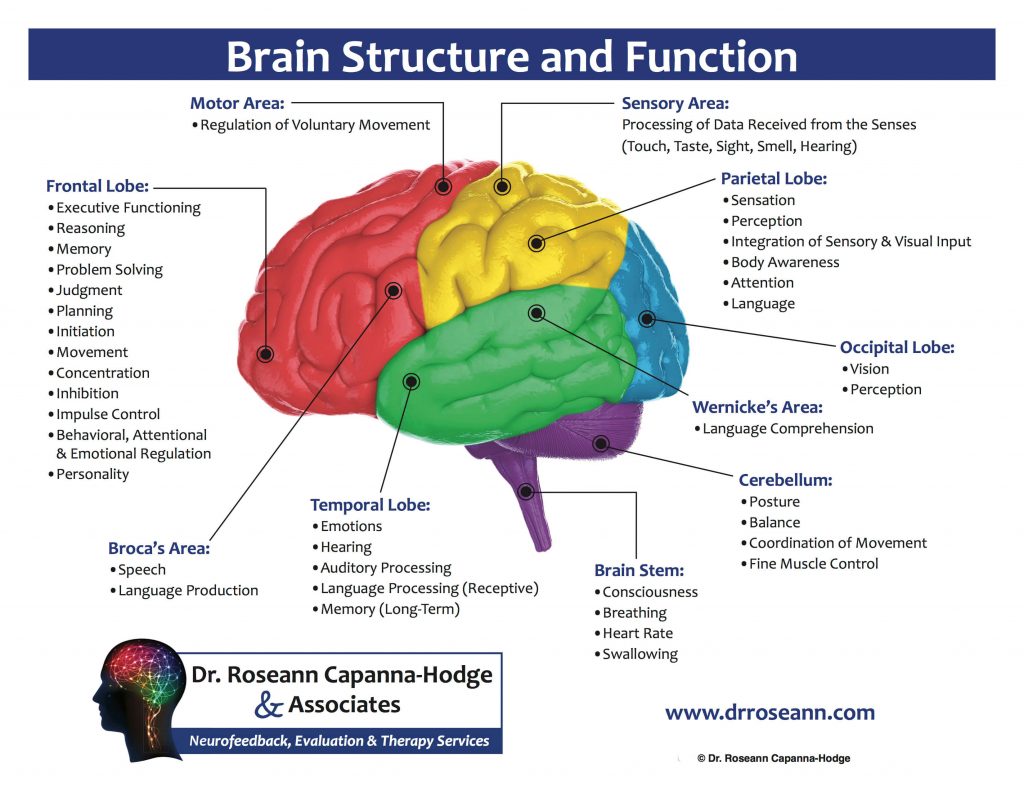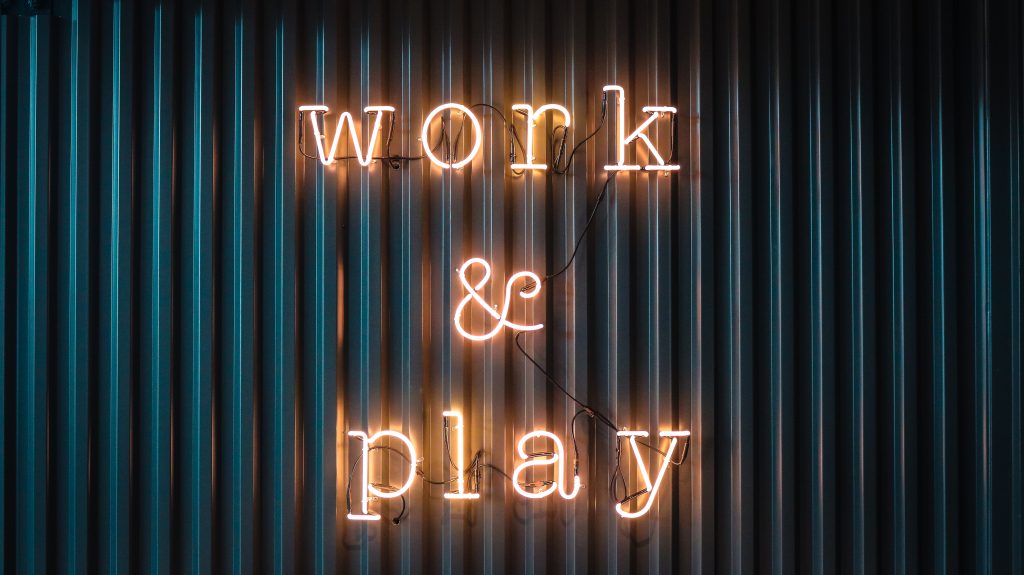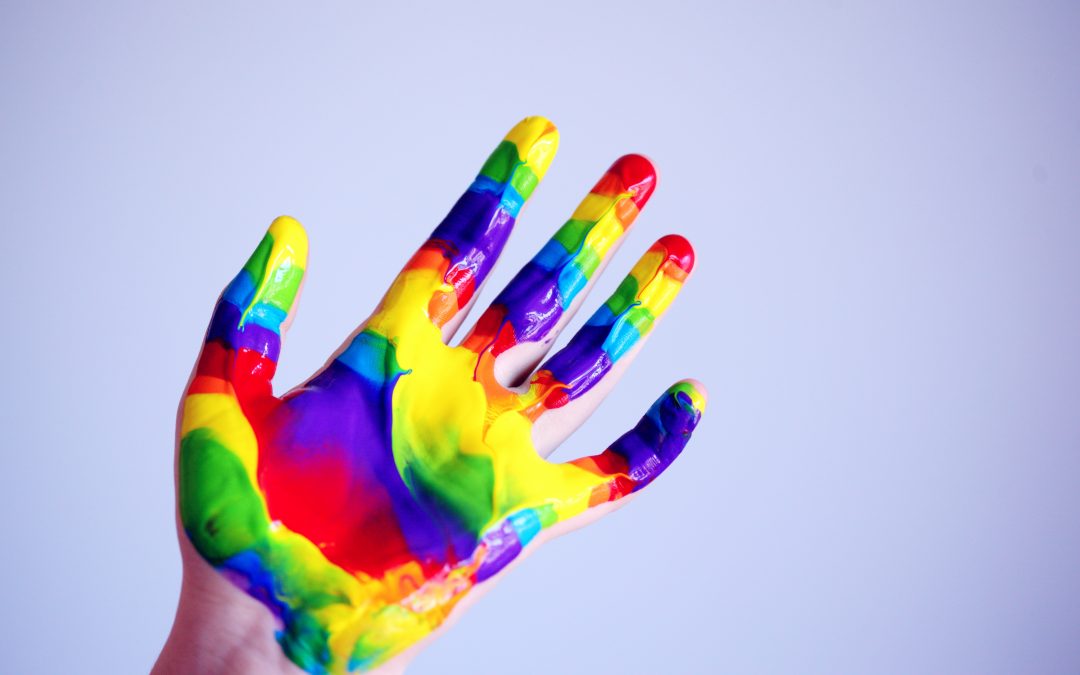No matter what industry or life situation you’re in, it’s important to be able to maintain a playful and creative element to your practice.
Why embrace a creative approach?
So. Many. Reasons.
For the most Cartesian among you, let’s have a look at the science first.
You’ve probably been told at some point that your brain has two hemispheres: the left side of your brain handles the logical, reasoned and analytical side of things. The right side is all about creativity. However, this is a very simplistic way of looking at it.
With the evolution of technology, we are now able to study the art of creativity a bit further. And believe me, my friends, it’s a lot more complex and fascinating than the right-side / left-side story. Before we carry on, let me invite you to look at Rich Haridy’s article on neurological activity published earlier this year.
Brain does Brain stuff
Using functional magnetic resonance imaging (fMRI), scientists have been able to gain a deeper insight into the way our brain is stimulated during creative tasks. When the subject was involved in highly creative tasks, researchers tracked a pattern of functional brain connectivity in the frontal and parietal lobe. Here’s a little brain map below to help – brain geography was not something I majored in at school.

In other words, when Joe does the creative thing, something lights up at the front and in the centre of the brain. Not sticking to one side more than the other. This brought the researchers to understand that during the act of creativity, it wasn’t so much about which part or side of the brain was used, but what was going on in between those parts.
It’s the same in performance if you think about it. It’s not about Romeo or Juliet, but what lies between them. Yes, this in-between is influenced by what makes each character, but the core of the story lies in the relation between R and J. Going back to our frontal and parietal lobe: one is the home of executive functioning, problem solving, inhibition and memory. While the other is the host of perception, sensation, body awareness and language. The burst of creativity is the result of the tension and connection between these two.
If you want to find out more about these findings, I really recommend this article published in January 2018 by researchers from the UK and the US and the article on Creativity’s “brainprint” by Grant Hilary Brenner MD.

From Brain to Thought
Creativity shows how flexible your brain is: humour, painting, writing, moving, singing, knitting, listening to music, cooking… All these actions give room for your brain connections to grow and expand on the pre-existing material already present in your skull. At the risk of sounding cliché, creativity is what makes you unique. It keeps your personality alive and in tune with your values and the world around you. It is your ability to connect elements and experiences together to produce something new.
When fully immersed in a state of creativity, you can easily loose track of time and forget the little worries of life. It helps with the regulating of your emotions as it appeases your nervous system. If you’re suffering with anxiety, depression or even hyperactivity, incorporating creativity to your everyday life has a similar effect to meditation. Thus being engaged in a meaningful creative activity can act as a natural anti-depressant and even allow you to connect mindfully (see what I did there…) with yourself.
So get crafty, go see that exhibition, try this new recipe, read that poem, write in that journal. Use your hands, your body, and your senses to stimulate your brain and let the magic happen. The Art of Creativity doesn’t require for the result to look a certain way. It’s your signature, your vision and your persona that shines through.
That Creative Ted Talk
Before becoming a film director for Marvel, Taïka Waititi was invited to share his thoughts on creativity. The concept seemed daunting at first, since there is no guideline on how to do it right, per se. Waititi’s talk makes a few important points:
- There are no rules in this realm, as “being creative is about having fun and looking at life through the lens of a child, really.”
- You are not defined by one aspect of your life or practice. You are free to evolve, try different things. They are all contributing to your persona: “At the moment I happen to be a filmmaker, but that’s not my job. My job is to express myself. To share my ideas and my point of view – it happens to be that I’m using filmmaking right now. But throughout the years I have done lots of different things.”
- Embrace all the skills and don’t let yourself be limited by the belief that you should stick to Plan A only, when plan H, J and 42 could compliment your vision and allow you to grow. Waititi: “I wanted to do everything. I wanted to try every single thing. I come from a background where people say “oh, you have one job and you have to stick with it”. Well, I don’t believe in that. I think that in this day and age, people have things that they want to express and you need to have a wide range of tools.”
Just Create
When all is said and done, embracing Creativity is embracing a form of growth. Contrary to popular belief, it doesn’t always have to be playful. Whatever emotion or vision drives you forward, whatever works for you! Learn a new skill, let your brain connect the dots and transfer what you’ve learned to other aspects and disciplines of your life.


Recent Comments